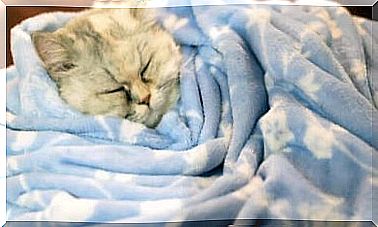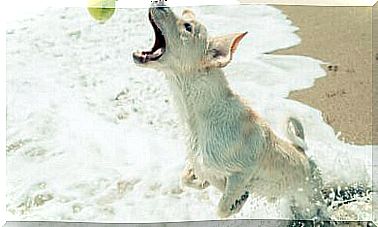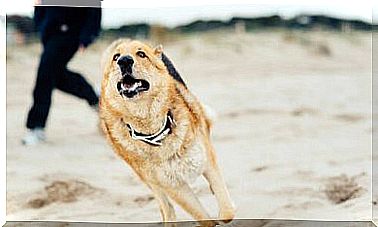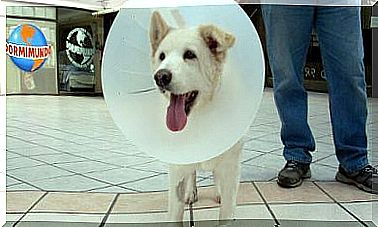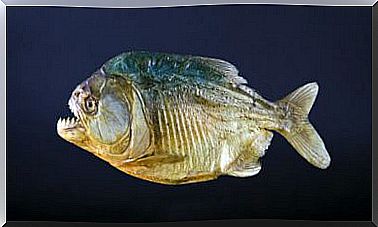Basilisk Feeding And Its Characteristics
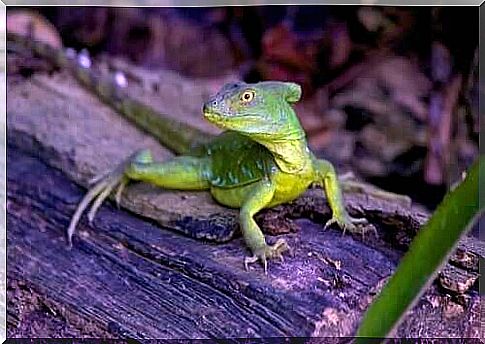
The piercing yellow eyes that stand out from its gorgeous emerald green skin make the basilisk a feared and revered creature. He is, without a doubt, one of the natural enigmas of the rainforest. In this article, we will talk about basilisk feeding and its characteristics.
The basilisk’s morphology resembles a dragon. The beauty of this animal fuels the legend of the fictional reptilian after which it was named, including the belief that just one look at it can turn the beholder to stone.
Respected over the centuries, even today some native Indians believe that the modern basilisk has fantastic powers.
brilliant beauty
The green or double crested basilisk ( Basiliscus plumifrons ) owes its name to the Greek word basiliskos , which means “little king”. This name refers to the ornament on her head, similar to a crown. This species is the most beautiful of the four recognized in the genus.
Its colors are intense shades of electric green, typically stamped with scattered white, yellow or blue spots.
The male Basiliscus plumifrons , dressed in a pair of tall cranial crests and vertebral sails that run the length of the body and tail, is certainly impressive. His unique appearance was what made him so prominent in popular culture.
The female is much less impressive in shape and has a smaller cranial crest – sometimes absent – and a modest vertebral crest. Of moderate size, the basilisk reaches between 60 and 77 centimeters in length, two thirds of which correspond to the tail.
Agility, its distinctive feature
Basilisks are agile and are “equipped” with long fingers that end in sharp nails, allowing them to climb trees quickly.
Hind fingers are lined up with small scales facing downwards. This feature increases the surface area of the toe against the surface of the water, and is the “trick” that allows the basilisk to run in water, one of its most notable features.
However, it has also been observed in species with convergent evolution, such as the Old World fin lizards of the genus Hydrosaurus. Due to this ability, they are also known as Jesus Christ lizards.

Natural habitat and reproduction
Members of the genus Basiliscus are found in Central America, from southern Mexico to northern South America. Specifically, the double crested basilisk is found from Guatemala to Costa Rica.
It is often seen along large streams and inlets, surrounded by lush, dense forests. Although it can be found in a tree canopy at a height of 15 meters, the basilisk is usually exposed near water to hunt or escape from oncoming danger.
Pregnant females prepare a shallow ditch where they lay up to 20 eggs. The mother leaves the eggs unattended and the chicks are born with the ability to run, climb and swim.
Feeding Basilisk in Wildlife
A wide variety of foods have been found in the stomachs of wild basilisks, including fish, frogs, lizards and birds. Basilisk food also includes invertebrates such as shrimp, ants, beetles, flies, locusts, lobsters, crickets and crayfish.
As for vegetable matter in the wild diet, it was found that basilisk ingests seeds, fruits, berries and leaves. Thus, we can say that the green basilisk is omnivorous.
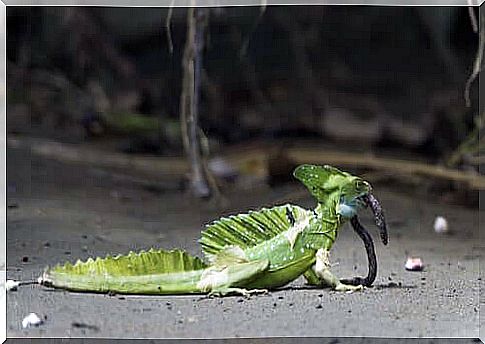
Feeding basilisk in captivity
In captivity, basilisk feeding is mainly based on live insects. The core of the diet provided is usually high in protein and relatively easy to digest. Brown crickets are known to be the most accepting of them, but you can also use black crickets, cockroaches or grasshoppers.
Sometimes, to vary the basilisk’s feeding a little, other insects, such as mealworms, waxworms or dehydrated fly larvae, known as calciworms , may be offered.
Basilisk food supplements
To provide green basilisks with optimal nutrition and keep them in good health, it is necessary to provide food supplements in the form of calcium, vitamins and minerals. These are most commonly available in powder form.
Calcium should supplement the basilisk diet daily and should be sprinkled directly on the food. Vitamins can be given daily to young basilisks, but adults will only need them every other day.
Any live food offered to the basilisk must also be ‘loaded’ with insect food. Basically, this involves feeding live foods a nutrient-rich diet before feeding them to the basilisk. Some places already provide the ‘loaded’ live food.

